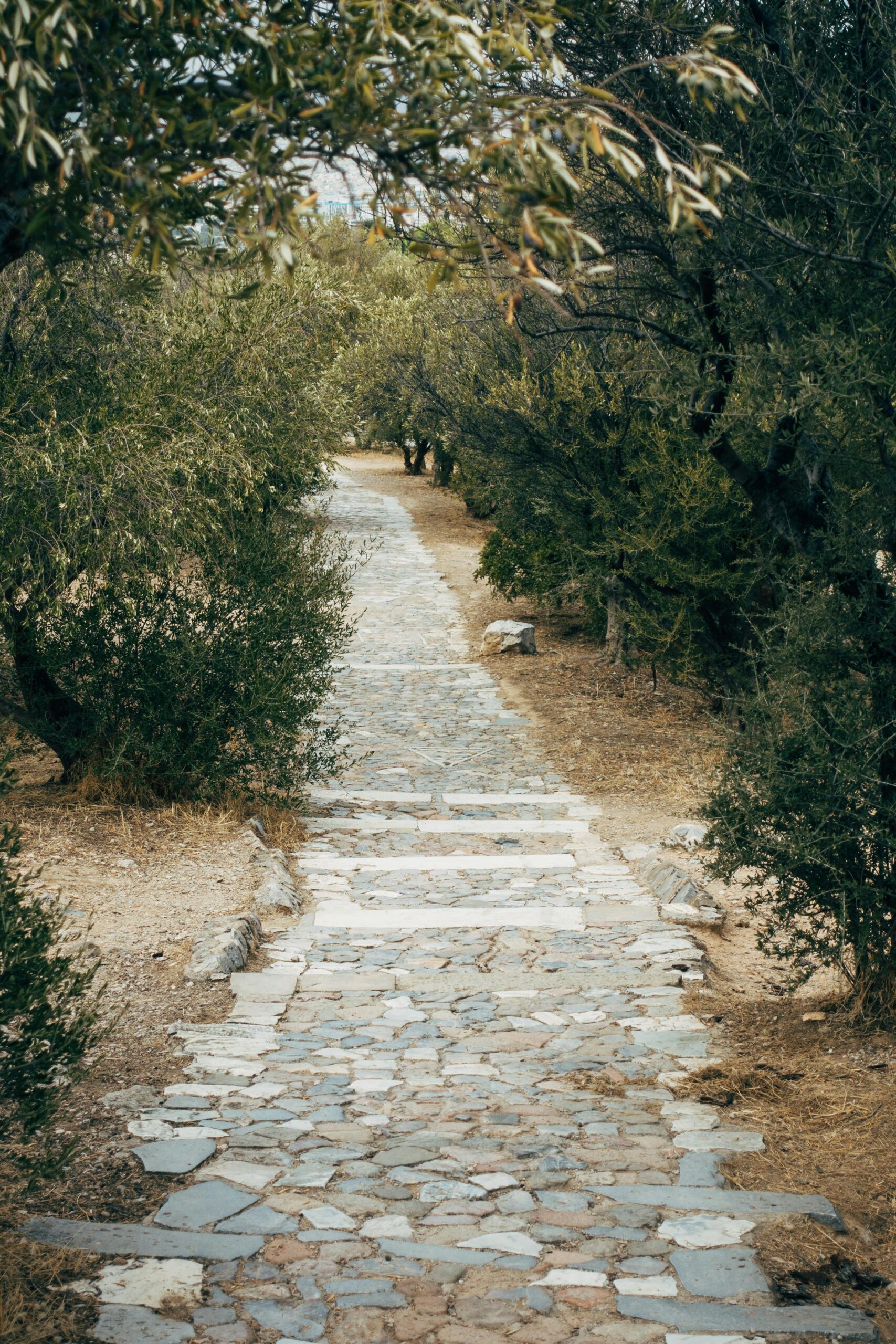Introduction to Bukhansan National Park
Nestled on the outskirts of Seoul, Bukhansan National Park is a treasured natural sanctuary that offers a unique blend of rugged mountain landscapes, serene temples, and rich biodiversity. Known for its striking granite peaks and panoramic views of the city below, the park serves as an oasis for nature lovers and adventure seekers alike. This article explores the multifaceted appeal of Bukhansan—from its geological features to its cultural significance—revealing why it remains a beloved destination for both locals and tourists. We will delve into the park’s history, its hiking trails, ecological importance, and the spiritual heritage embedded within its ancient temples, offering readers a comprehensive understanding of what makes Bukhansan an exceptional national park.
The Geological Majesty of Bukhansan
Bukhansan’s landscape is characterized by dramatic granite peaks that have been sculpted over millions of years. These towering formations, such as Baegundae—the park’s highest peak at 836.5 meters—dominate the skyline and provide challenging terrain for climbers and hikers. The granite composition contributes to the unique erosion patterns, resulting in jagged cliffs and smooth rock faces ideal for rock climbing. The park’s terrain reflects the dynamic geological history of the Korean Peninsula, offering visitors not just a physical challenge but also an opportunity to witness natural history firsthand. This geological backdrop sets the stage for the diverse ecosystems and cultural sites hidden among the crags and forests.
A Network of Diverse Hiking Trails
Bukhansan is renowned for its extensive hiking network, with trails that vary in difficulty and length, catering to both casual walkers and experienced mountaineers. Popular routes such as the trek to Baegundae provide rigorous climbs rewarded with breathtaking views of Seoul and the surrounding province. Along these trails, hikers encounter dense pine forests, flowing streams, and quiet resting spots. The variety in trail options allows exploration of different ecological zones and scenic vistas, making each hike unique. This extensive trail system not only promotes physical wellbeing but also encourages mindful interaction with nature, reinforcing Bukhansan’s role as a vital urban escape.
The Ecological Richness of the Park
Bukhansan National Park is home to a remarkable range of flora and fauna, representing one of the most biodiverse areas near Seoul. The park’s varied elevation and climate support mixed forests of pine, oak, and maple trees that change dramatically with the seasons. Wildflowers bloom in abundance during spring, while autumn paints the landscape in vibrant reds and yellows. Wildlife includes species such as roe deer, various birds including the elusive hazel grouse, and numerous insects that contribute to a balanced ecosystem. Preserving this biodiversity is crucial, especially as urban expansion threatens natural habitats. The park’s ecology plays an important role in maintaining environmental health and providing educational opportunities about conservation.
Cultural and Historical Significance
Beyond its natural beauty, Bukhansan holds deep cultural and historical value. The park is dotted with ancient temples and fortress ruins that tell stories dating back centuries. The Bukhansanseong Fortress, built during the Joseon Dynasty, served as a protective barrier for the capital and remains a testament to Korea’s historical resilience. Temples such as Doseonsa offer serene spaces for reflection and spiritual practice, nestled amidst the natural surroundings. These sites exemplify the harmonious coexistence of human heritage and nature, inviting visitors to appreciate cultural traditions while immersed in the park’s tranquility.
Conclusion: Bukhansan as a Sanctuary of Nature and Heritage
Bukhansan National Park stands as a beacon of natural splendor, ecological diversity, and cultural richness, all within reach of Seoul’s bustling urban environment. Its majestic geological formations offer both challenge and inspiration to outdoor enthusiasts, while the extensive hiking trails invite visitors to engage deeply with the landscape. The park’s vibrant ecosystems highlight the importance of environmental preservation amid increasing development pressures. Moreover, Bukhansan’s historical and spiritual landmarks enrich the experience, weaving Korea’s cultural legacy into the natural fabric. Together, these facets make Bukhansan a unique sanctuary where nature and heritage coalesce, inviting all who visit to find adventure, peace, and a deeper connection to both the land and its history.
